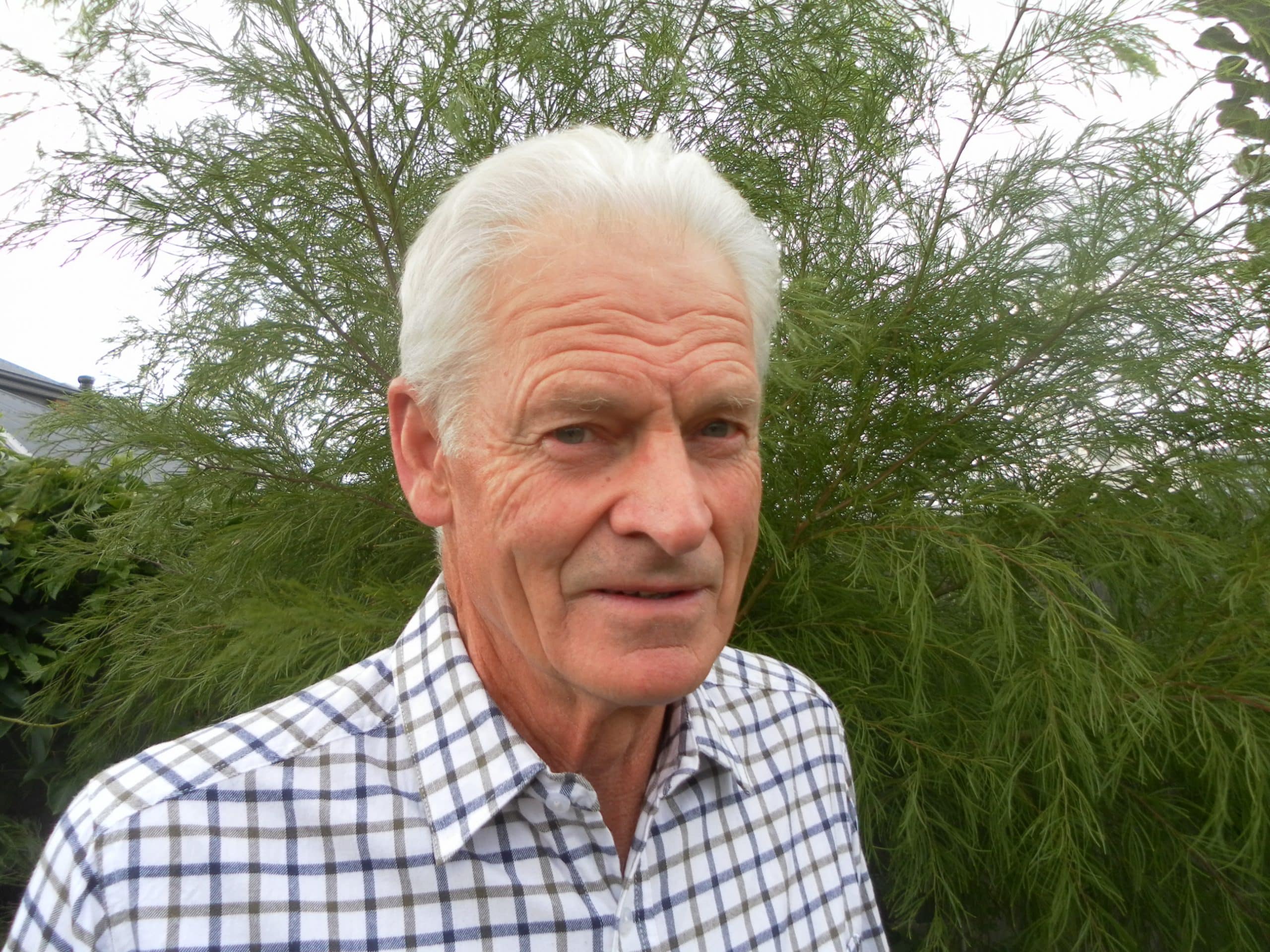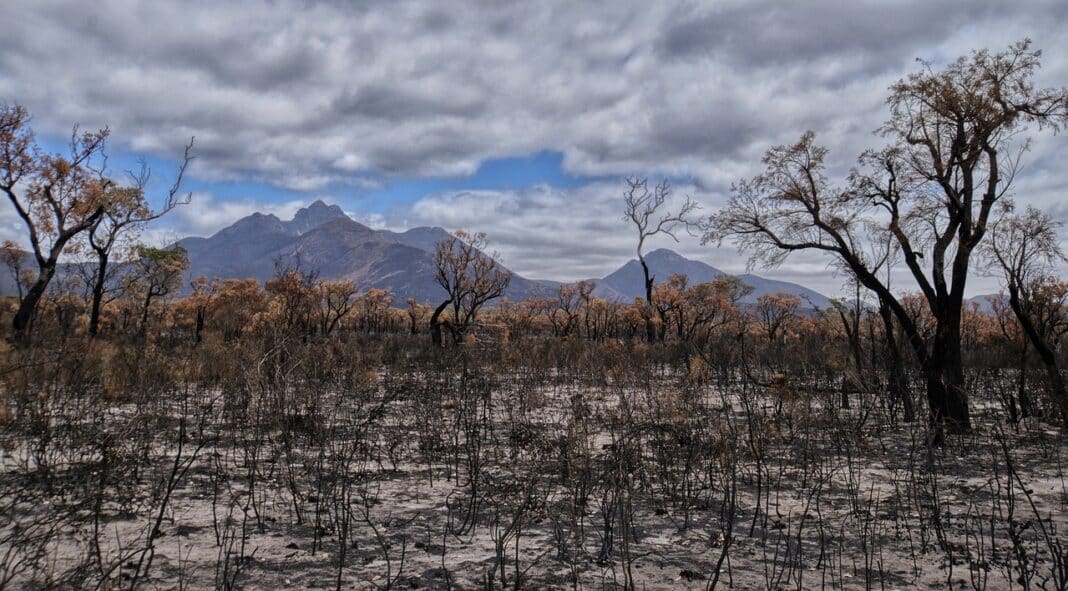Victoria’s black summer bushfires burnt 1.8 million hectares, and five lives were lost. The most severe fires peaked from December 2019 to January 2020.
Within the region of the fire, only 0.6% per year of the forest was fuel-reduced in the four previous years, well below the 5% recommended by the Victorian Bushfire Royal Commission (VBRC). Also, the analysis showed that 81% of the fuel-reduced coupes were too small to be effective, given the expected fire intensity in old heavy fuels.
Run length, rate of spread and maximum spotting distance were consistent with fires burning in old heavy fuels without strategic fuel-reduced coupes of sufficient size and scope across the landscape and near ignitions.
Firestorms on December 30 and 31 were consistent with crowning fires in sclerophyll forests with about 20-25 t/ha of surface/near surface fuel.
Four of the lightning strikes on November 21 that grew into significant bushfires were not detected until five to 15 hours after daybreak despite being quite large when detected. This is surprising given early detection options, including dawn fire spotting flights or predawn flights with heat sensing technology.
The initial attack was also much delayed, resulting in an unacceptable 37% failure rate, despite the 3pm Forest Fire Danger Index being below 30 (at KBDI 100) for the first 18 days following the November 21 ignitions.
These relatively mild conditions were conducive to effective suppression, particularly given fire intensity would have been lower on the fire flanks and lower early in the morning and late in the afternoon.
Country Fire Authority volunteers reported time wasted on centralised briefings and too much 9-to-5 firefighting.
A key point to make is that prescribed burns should be ‘cool burns’ at low fire intensity (white, not black smoke). They should not cause too much canopy scorch and only burn 70% to 90% of the coupe. This generally requires igniting points rather than lines; completing the coupe may take two or three visits.
CFA volunteers expressed concerns and frustrations about poor time and resource management, including unnecessary delays in processing, briefing and deployment; poor or late tasking of crews; lack of incident management plans for incoming crews at the start of shifts; and crews having to wait a long time at the start of each shift for briefing and planning handover.
Volunteer Fire Brigades Victoria (VFBV) recommended better cascading of briefings down field command levels and obviating the need for centralised briefings.
Access for direct attack and suppression was also a problem, and, not surprisingly, the NSW Volunteer Fire Fighters Association mantra is Land Management, Early Detection, Access, and Suppression.
The end result could have been so much better if more resources had been deployed earlier.
The area burnt by bushfire steadily grew over the first 18 days when the 3pm FFDI was generally below 30. However, the number of firefighters did not materially increase until after major fire runs.
Experienced firefighters may argue that deploying more firefighters early may have obviated the need for up to 1100 firefighters later.
If the supremacy of life is paramount, we need more practical bushfire mitigation and suppression based on the science of fire behaviour and less ideology and modelling masquerading as science.






